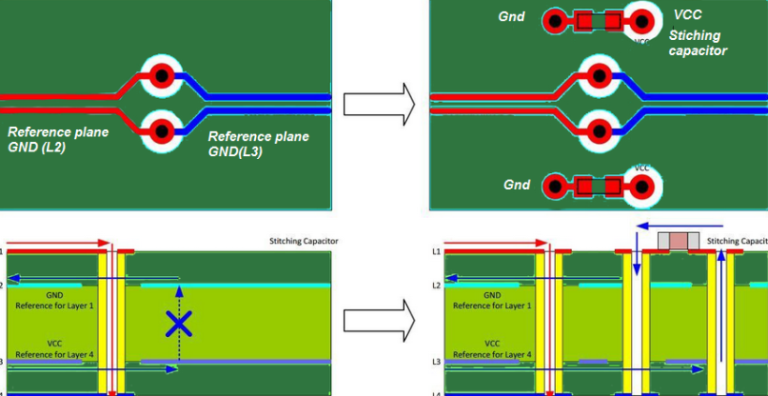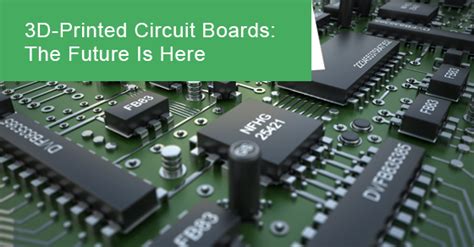How to Reduce PCB Design Reuse Through Physical Design
Introduction
Printed Circuit Board (PCB) design is a complex process that requires careful consideration of electrical, mechanical, and thermal constraints. One common challenge in PCB development is the over-reliance on design reuse—where engineers repeatedly use existing layouts, components, or routing strategies without sufficient optimization. While reuse can save time, it may also lead to inefficiencies, increased costs, and suboptimal performance.
This article explores how physical design techniques can minimize unnecessary PCB design reuse while improving efficiency, signal integrity, and manufacturability. By adopting better layout strategies, component placement, and routing methodologies, engineers can reduce dependency on past designs and create more optimized PCBs.
1. Understanding PCB Design Reuse
1.1 Why Design Reuse Happens
- Time Constraints: Engineers often reuse designs to meet tight deadlines.
- Risk Avoidance: Proven designs reduce the risk of failure.
- Lack of Optimization: Without proper analysis, engineers may not identify inefficiencies in reused layouts.
1.2 Problems with Excessive Reuse
- Suboptimal Performance: Older designs may not meet new requirements (e.g., higher speeds, lower power).
- Increased Costs: Unnecessary layers, oversized boards, or outdated components raise expenses.
- Signal Integrity Issues: Reused routing may not account for modern high-speed signals.
To mitigate these issues, engineers should focus on optimizing physical design rather than blindly reusing past layouts.

2. Physical Design Strategies to Reduce Reuse
2.1 Optimized Component Placement
Instead of copying previous placements, engineers should:
- Group Related Components: Place high-speed, analog, and power sections logically.
- Minimize Trace Lengths: Reduce parasitic inductance and capacitance by shortening critical paths.
- Consider Thermal Management: Position heat-generating components near cooling features.
2.2 Improved Layer Stackup Design
- Use the Right Number of Layers: Avoid unnecessary layers from reused designs.
- Optimize Signal and Power Planes: Ensure proper return paths for high-speed signals.
- Impedance Control: Adjust trace widths and dielectric spacing for modern high-frequency designs.
2.3 Advanced Routing Techniques
- Differential Pair Routing: Essential for high-speed signals (e.g., USB, PCIe).
- Controlled Impedance Routing: Prevents signal reflections in RF and high-speed circuits.
- Avoiding Stubs: Use micro-vias and back-drilling to reduce signal degradation.
2.4 Design for Manufacturing (DFM)
- Follow Manufacturer Guidelines: Avoid reusing outdated design rules.
- Testability Considerations: Include test points for easier debugging.
- Panelization Efficiency: Optimize board shapes to reduce material waste.
3. Leveraging Modern EDA Tools
3.1 Simulation-Driven Design
- Signal Integrity Analysis: Tools like HyperLynx or Ansys SIwave help optimize routing.
- Power Integrity Checks: Ensure stable voltage distribution.
- Thermal Simulations: Identify hotspots before fabrication.
3.2 Automated Optimization
- AI-Based Layout Assistance: Some tools suggest better component placement.
- Constraint Managers: Enforce design rules dynamically.
3.3 Version Control & Modular Design
- Track Design Changes: Avoid blindly reusing outdated files.
- Use Functional Blocks: Create reusable but optimized sub-circuits.
4. Case Study: Reducing Reuse in a High-Speed PCB
A company designing a 10Gbps networking card initially reused an older 1Gbps layout. By redesigning with:
- Proper layer stackup (6 layers instead of 8),
- Controlled impedance traces,
- Optimized decoupling capacitors,
they reduced costs by 15% and improved signal integrity.

5. Conclusion
While PCB design reuse can save time, excessive reliance on old layouts leads to inefficiencies. By focusing on optimized physical design—better placement, routing, stackup, and simulation—engineers can reduce unnecessary reuse while improving performance and cost-effectiveness.
Adopting modern EDA tools and simulation techniques ensures that each new design is tailored to its specific requirements rather than being a copy of past work. The result is higher-quality PCBs with fewer compromises.







